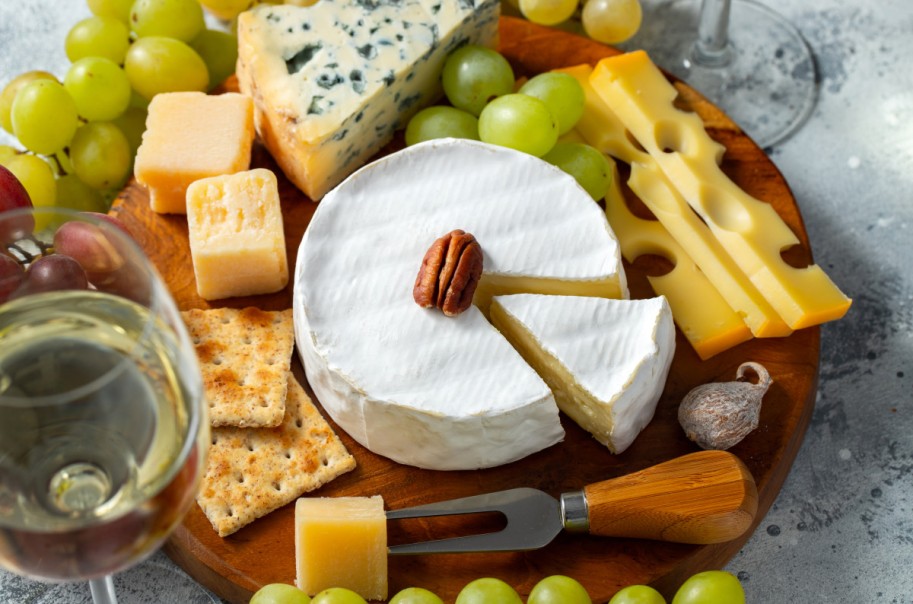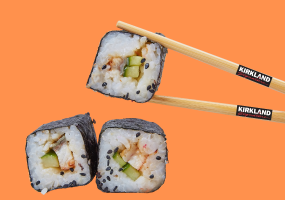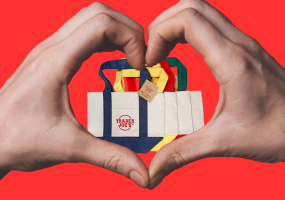
Cheese is not only a delicious food with many variants worldwide; for the trained connoisseur, it can be a delightful experience via proper tasting. It can help you discover new qualities in cheese, and it also makes an exciting proposal for a gathering with friends or family. In this article, we'll delve into the world of cheese tasting, covering the most crucial aspects to get you started.
Know Your Cheese
Naturally, the first consideration in any tasting is what kind of cheese is available. And cheeses are different because of many things, ranging from the prime ingredient (milk) to the aging process. The flavor also depends on the seasoning of the cheeses. Try to pick distinctive varieties, as cheese tasting for beginners should be easy to get some first-hand experience. Later, you can try finding subtle differences in more similar cheeses and refine your senses, but it's better to go easy initially. Because cheese is quite varied, be sure to include the ones you are actually comfortable with. Some people find the strong taste of blue cheese uninviting, or conversely, other cheeses bland. Also, some cheeses can be outright dangerous, so it'd be best to stay away from them, at least until you gain more experience.
Step-by-step Guide
Here are some recommendations for a successful cheese tasting for beginners.
Take the cheese out of the fridge.
Before starting, it's recommended that you bring the cheese to room temperature for better results. Cold cheese has less interesting qualities for tasting since it's sometimes dull and dry and doesn't have the same taste.
Don't eat or drink before.
If you consume food or drinks before the cheese tasting, they can influence your palate. This can logically impact the flavors and textures you perceive when tasting, so you should either dispense with the idea or use a palate cleanser.
Get the necessary items.
Besides cheese, you'll need other things. First, you must get a cheese-tasting sheet and pen to write notes. You can simply use a notepad, though, if you don't have one. Second, you'll need plates, knives, and water to cleanse your palate. Water can be joined with apples or biscuits that aren't too savory to keep things neutral.
Inspect the cheese.
After everything's set, it's time to get started. You should observe the interior and exterior of the cheese to find factual information such as "organic cover," "soft interior," "crumbly," and other distinguishing features.
Smell it.
You should then smell the cheese and take notice of its intensity. Bring it slowly toward your nose and try to find the presence of ammonia on the outer layer. If there's a strong smell of it, the cheese is over-ripe. Also, try finding dairy, fruit, or floral smells.
Chew it.
The main part of the cheese-tasting session consists of chewing the cheese slowly and breathing through the nose. Try picking simple flavors first, such as bitter, sweet, salty, acidic, etc. You'll find that they often come with other properties, such as fruity sweetness, sea salt, and others.
Enjoy the Cheese
When you engage in cheese tasting, don't forget to enjoy yourself and take it as a delicious, sense-tuning experience. In time, you'll be able to discover a world of flavors seemingly hidden in your favorite cheeses.
* This is a contributed article and this content does not necessarily represent the views of foodworldnews.com









